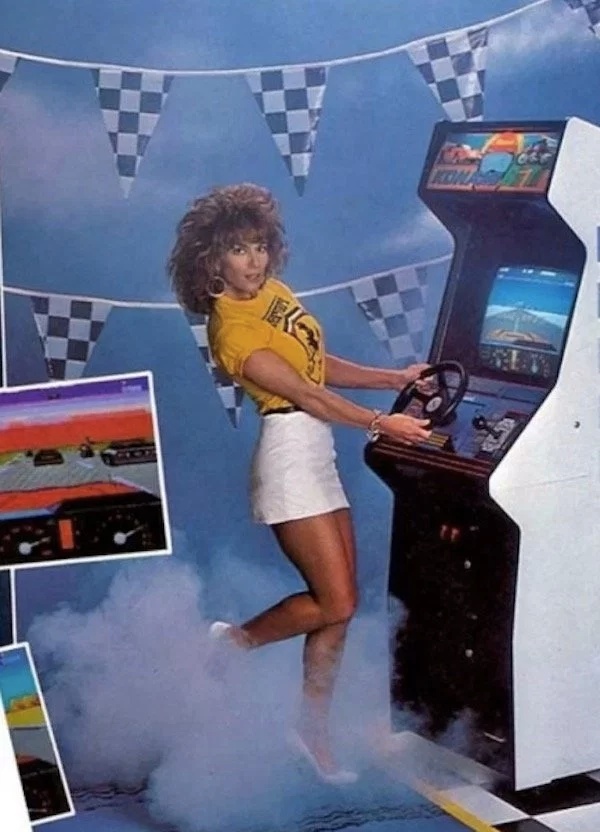Toys & Games Kids Gift Guide Shop Toys by Age Shop Toys by Character Shop Best Selling Toys Shop Newly Released Toys Shop Amazon Exclusive Toys Shop Toys Deals Birthday Gift List 1-24 of 110 results for 'spirograph'. “Spirograph” is the trademarked name for a toy where you place a pencil inside a circle and spin it around the circumference of another circle, creating various geometric patterns that are known as roulettes – like the casino game. This code involves a very specific equation.
By Michael Hartley

This page explains some of the math that an elementary school child might learn from doing spirograph patterns. Now a kid doesn't play with spirographs in order to learn complex polar-coordinate formulas - nor do they care that the proper names for spirograph curves are epicycloids and hypotrochoids.
A kid plays with spirographs because it's fun.
- It's fun to make beautiful pictures with a spirograph toy, or spirograph program.
- It gives a kid a buzz when mom or dad or grandma or grandpa says Wow! You did that all by yourself??
- It makes a kid proud to see his or her spirograph design displayed on the classroom wall or fridge door.
This page has a free spirograph applet for your kids to try. Or, if you plan to buy one, please read this first.

For those not familiar with spirographs, I've made a short movie illustrating the concept. Or, you can skip straight to the math.

When the child starts to use a spirograph, they'll go through a few stages.


- First, the child will explore, to see what is possible. Randomly chosen cogs or clicks. Pages and pages filled with random designs.
- Eventually, the child learns how to make the kind of spirograph swirls he or she likes. How to make them with few or many points. How to make them big or small.
- Then, he or she will combine individual spirograph curves together into complex illustrations.
Game Like Spirograph On Scratch
Let me show you what I mean. The table below shows a whole bunch of spirograph patterns. I've chosen the fixed and moving circle sizes in a systematic way.
| Moving Radius 1 | Moving Radius 2 | Moving Radius 3 | Moving Radius 4 | Moving Radius 5 |
|---|---|---|---|---|
| Fixed Radius 9 | ||||
| Fixed Radius 10 | ||||
| Fixed Radius 11 | ||||
| Fixed Radius 12 |
Here are some questions that your child may learn answers for as he or she plays
- Why, when the fixed circle size is 11, does the star always have 11 points? What other sizes are like that?
- Circle sizes 9 and 3 give a triangle. So do 12 and 4. What other circle sizes make triangles? Would 15 and 5 do it? What's the pattern?
- What sizes make a four-pointed star? An oval?
Game Like Spirograph On Sale
These questions all have mathematical answers. Your child will gain an intuitive feel for these answers. Perhaps this is enough to satisfy you - your kid is having fun, making nice spirograph artwork, and beefing up their math intuition.On the other hand, you may want to bring the intuition out, to make it concrete. Here's a couple of ideas that may help do that.
- Ask the child or children to experiment, and try to find answers to the questions above.
- Make a table like the one above, but
- with blank entries instead of pictures, and
- with a lot more rows and columns.
Game Like Spirograph Once
a spirograph, suggest making cards for mother's day or father's day, or for birthdays or other celebrations...If you like what you've just read, sign up for this site's free newsletters: